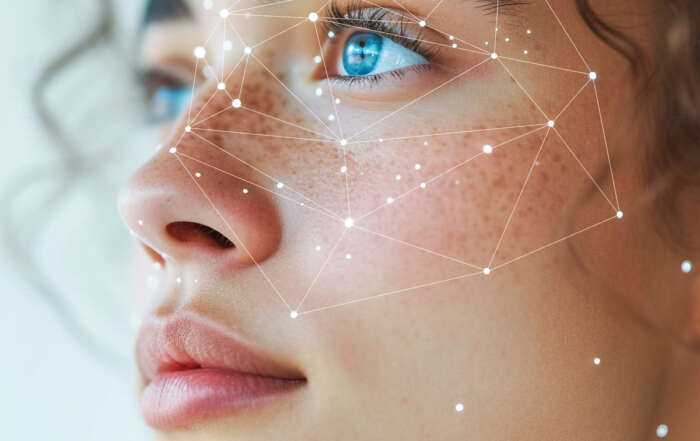Biometric systems require enrollment software to capture biometric data, whether they be fingerprint, face, iris, or some other modality. For decades, this was accomplished almost exclusively using Windows-based applications, which provided a user interface for enrollment professionals and capture hardware device interfaces as needed. The earliest mobile biometric capture devices were either laptop-based portable “jumpkits” in a suitcase, or specialized mobile biometric equipment, which both typically ran Windows-based applications. Aware was a leading provider of Windows-based SDKs and applications for all of these scenarios.
More recently, with the advent of modern tablets and smartphones, a new class of biometric enrollment device has emerged. They most commonly operate on iOS or Android operating systems, and bring the powerful processing, networking, and user interface capabilities of these modern devices. Aware followed with ports of its Windows-based solutions to iOS and Android to support these devices.
Even more recently, with cloud- and server-based computing platforms becoming a dominant architecture, the value of browser-based solutions for biometric enrollment is increasingly apparent, for all the same reasons as for other SaaS and cloud-based solutions that now dominate the landscape:
- No software installation
- Automatic software updates
- Less storage, memory, and processing resource consumption on the client
- Desktop platform independence
- Authentication and authorization capabilities
- Better security
All of these benefits are highly applicable to biometric systems, large and small. For large systems with many enrollment endpoints, it is cumbersome to install and maintain software applications on every client. For very small systems, it can be hard to cost-effectively install and maintain software properly.
But biometrics are very different from so many other types of text-centric applications because of the specialized devices used to capture biometric data, whether it be a fingerprint scanner, webcam for faces, or an iris camera. Integrating and managing devices from a browser-based biometric application is fraught with technical challenges, in large part because the thin and generalized, stateless, non-persistent operation of browser software, different approaches to managing data and hardware in a biometric enrollment application.
Aware has invested substantial research and software development hours to address the challenges of browser-based biometric enrollment, which has resulted in BioComponents 2.0. BioComponents are biometric software components that perform capture of fingerprint, face, and biographic data and processes them for enrollment, all in a browser. BioComponents use different types of servers running on the client, which communicate with the browser software, the capture devices, and the central server.
BioComponents technology is deployed with BioSP to comprise Aware’s WebEnroll solution in several very large deployments of browser-based biometric enrollment, including by the DMDC, the human resources arm of US Defense Department (the largest employer in the world), for biometrically screening all candidates for its 3.2 million jobs.
Learn more about Aware’s WebEnroll and BioComponents.



